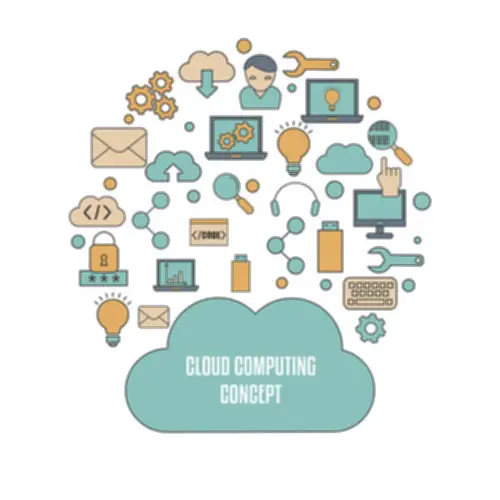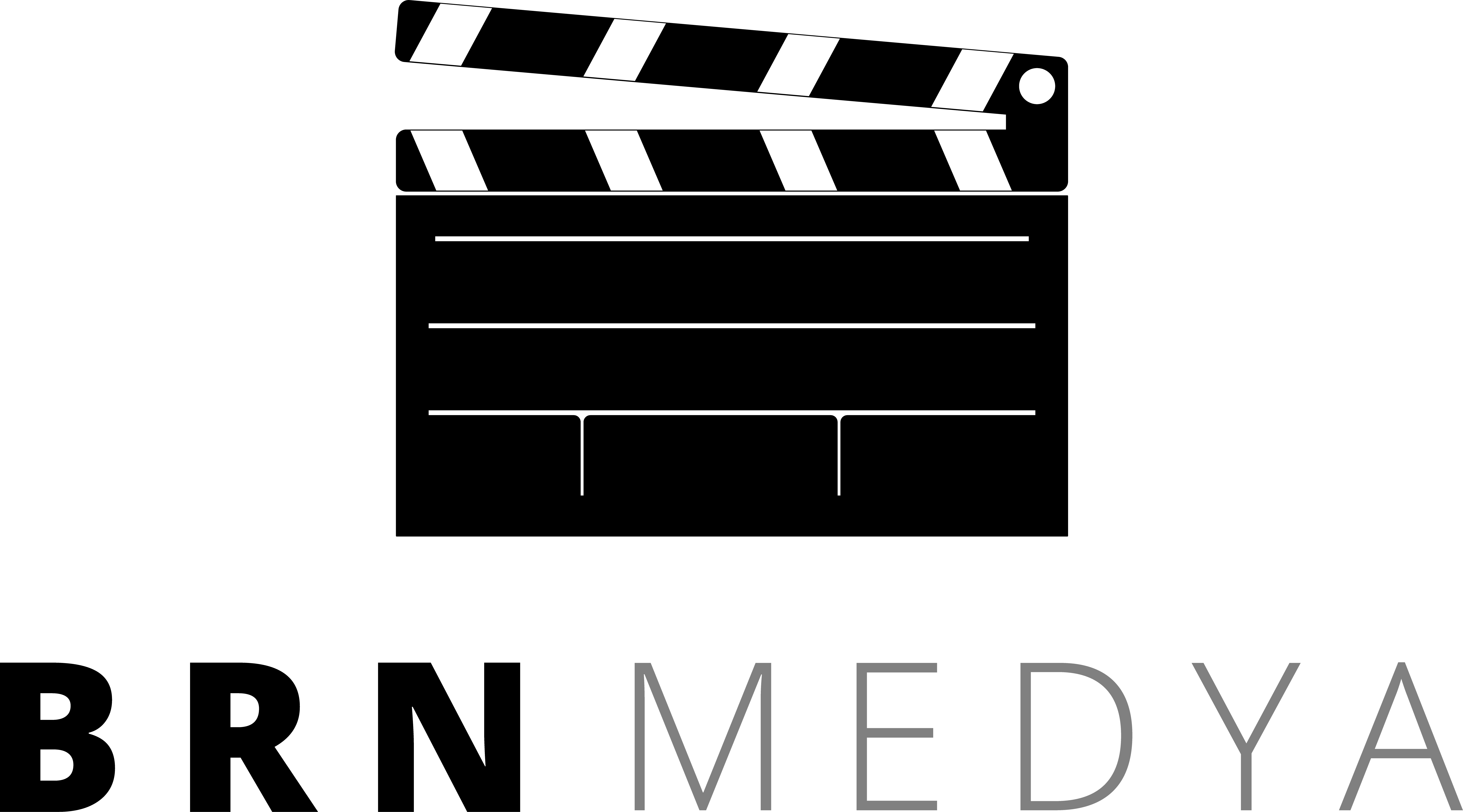7 Phases Of The System Growth Life Cycle
During this stage of the system lifecycle, subsystems that carry out the desired system capabilities are designed and laid out in compliance with the system specification. Choosing the best SDLC methodology for growing any sort of software program is very important, and it’ll come down to enterprise necessities and project context. A wrong alternative can put the entire course of a quantity of steps again and even make it an irrecoverable project. Important highlights of the DevOps mannequin are steady feedback, discipline, course of improvement, and automation of as many handbook growth processes as potential. Updates made to the software under improvement are brief however at a better frequency.
Development culture that encourages collaboration between growth and operations teams is crucial, optimizing software program improvement performance/costs and enabling fast feature deliveries. The testing phase commences when software builders are prepared with a half of the system functionality. Nevertheless, testing, which includes examining software code, is simply one of many phases inside the High Quality Assurance (QA) course of. In this part, the team creates software functionality in accordance with prepared requirements and specs. Selecting the best SDLC model is decided by project necessities, group size, client involvement, project complexity, and adaptability needed. Think About models like Waterfall for linear tasks and Agile for iterative, adaptive initiatives.
The angular degree of a spiral model diagram indicates the amount of progress accomplished in the current phase, while the spiral radius indicates the project’s price. Each stage begins with a design goal and concludes when the client or developer evaluates the work that has been accomplished. Selecting the suitable system improvement life cycle method is crucial for successfully finishing any IT project, together with software growth. By understanding the main methodologies of the Software Growth Life Cycle and their advantages and drawbacks, you could set up efficient system growth procedures that yield optimum outcomes. Prototyping or design are the next phases of a system development project.
Once the planning is done, it’s time to change to the research and analysis stage. It acts as the muse of the whole SDLC scheme and paves the method in which for the profitable execution of upcoming steps and, finally, a successful project launch. Project managers and groups also wants to concentrate on the challenges they may face in the course of the SDLC. Surprising circumstances and incorrect assumptions early on can complicate growth and even snowball into larger issues later. For example, if newly installed hardware does not work correctly, it would require redevelopment, which not solely delays the final delivery, but also will increase system price. After training, systems engineers and builders transition the system to its manufacturing surroundings.
The Spiral Mannequin
Though it’s a thorough prototyping section, it is incessantly mistakenly confused with the event process. Methods engineers and builders can determine through planning whether a new system can assist an organization in achieving its strategic objectives. At this stage, the staff also establishes clear expectations, deciding what is and is not wanted in the software. We created this detailed system growth life cycle information in light of this. It will cover its basic definition, phases, major software program engineering techniques, and the most important advantages and drawbacks it can offer throughout project growth. In the prototyping methodology, the design group’s focus is to provide an early mannequin of the model new system, software, or application.
- Now it should be examined to ensure that there aren’t any bugs and that the end-user expertise will not negatively be affected at any point.
- This includes designing the system’s structure, database fashions, person interfaces, and defining system elements.
- Outlined obligations, roles, and communication channels permit everyone to come back on the same web page all through the method.
- To deepen your understanding of SDLC and software program engineering methodologies, quite a few assets are available.
- Buyer satisfaction, which equals exceptional customer experience, is the spine of the hospitality trade.
With the proper know-how and steady enchancment, your business can stay ahead, let go of what now not serves you, and keep growing. Learning about main methodologies of SDLC, together with their benefits and downsides, lets you set up effective system growth processes that deliver the very best outcomes. This approach implies a linear type of project phase completion, the place each stage has its separate project plan and is strictly associated to the previous and subsequent steps of system growth. Now that you realize the essential SDLC phases and why each of them is necessary, it’s time to dive into the core methodologies of the system development life cycle. There are varied approaches to testing, and you’ll probably adopt a combine of strategies during this part.
This methodology saves builders https://www.globalcloudteam.com/ the danger of spending months and even years on a process that ends up failing due to a small mistake at an early stage. Instead, the group members are anticipated to work immediately with prospects to know the software targets and suggest options in a quick and streamlined way. Whereas the team is targeted on delivering consistent product functionality at each iteration, there is an opportunity to continually enhance and redistribute the overall backlog of the product. New or modified backlog objects may be scheduled for the following iteration, permitting for changes to be revamped a quantity of weeks.

Conduct with a preliminary evaluation, consider various solutions, estimate costs and advantages, and submit a preliminary plan with recommendations. Related to the Waterfall mannequin, each subsequent stage of the V mannequin begins solely when the previous one has been completed. Every iteration of the Spiral methodology begins with predicting potential dangers and one of the best ways to keep away from or mitigate them. Day By Day Scrum meetings are organized to help the entire staff monitor progress made up until that time.
Waterfall Vs Agile: A Comparative Analysis

This can involve feasibility research that investigate the benefit of the potential system and estimate the total output in time and assets to complete the project. The project staff will determine the issue to be solved, have a look at potential options, and decide whether or not going forward with the system design is one of the best course of action. The iterative methodology takes the waterfall model and cycles via it a quantity of occasions in small increments. Quite than stretching the whole project throughout the phases of the SDLC, each step is was several mini-projects that can add worth as the product evolves. Which systems improvement life cycle is healthier is determined by your project limitations and requirements.
Regular reviews and updates align practices with rising threats, making security an ongoing precedence somewhat than a last step. As cloud adoption grows, integrating security into growth turns into essential. We hope you will implement these practices whereas working with the cloud any more.
It is used when developing complicated software program systems, ensuring a structured method from planning to deployment. It’s ideal for projects requiring clear timelines, documentation, threat administration, and quality control, significantly in industries like finance, healthcare, and government. With its customizable spreadsheet interface and highly effective collaboration options, Smartsheet allows for streamlined project and course of administration.
The V-Model extends the SDLC course of by incorporating verification and validation into each AI Robotics stage. It requires a rigorous timeline, demanding that each development section is thoroughly vetted before shifting to the following. This mannequin is particularly helpful in environments where high quality assurance is paramount and adherence to requirements is non-negotiable.
Following the Waterfall methodology, a project improvement system development life cycle group needs to finish each phase step-by-step. Each successive section of the SDLC course of depends on the information gained from the previous one. Sometimes adopted for full-blown initiatives, the Spiral mannequin lets development groups build a highly custom-made product.
How Is The System Improvement Life Cycle Totally Different From The System Design Life Cycle?
This lack of flexibility and higher-risk technique isn’t recommended for small tasks, but the V-model is less complicated to manage and management. For projects the place necessities are static and clearly stated, and the place early testing is desired, this approach can be a sensible choice. IT Craft developers delivered and launched a web portal on time using Agile methodology.
Adopting these methods not only optimizes your operations but additionally drives business growth. Furthermore, a 5% improve in buyer retention can lead to a 25% to 95% increase in earnings, displaying the significant impact loyal clients can have on a business’s backside line. Retention methods, like customized experiences and loyalty programs, can foster long-term relationships and generate recurring revenue, finally making them an invaluable part of any enterprise model. Keeping present clients isn’t just a method; it’s well-known that retaining existing customers is cheaper than buying new ones. In truth, research shows that it costs five occasions more to accumulate a new buyer than to retain an current one.

